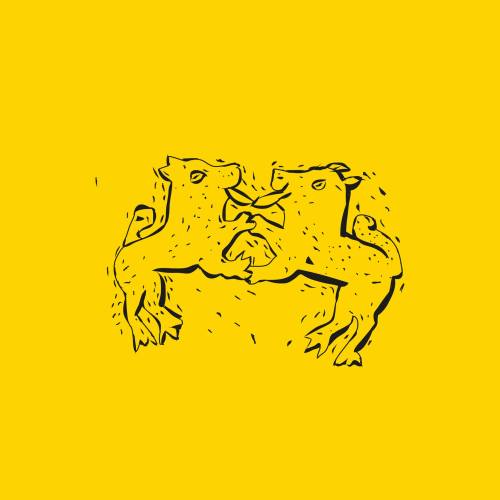cwnerd12: hiddurmitzvah:hiddurmitzvah:hiddurmitzvah: Currently working on an artistic project dedica
cwnerd12: hiddurmitzvah:hiddurmitzvah:hiddurmitzvah: Currently working on an artistic project dedicated to abandoned jewish cemeteries (in Hungary) and their amazing symbols, such as these lions!Please check the Art of Abandoned Jewish Cemeteries site to follow for more details of the project. Here’s a new snippet from our ongoing project called the Art of Abandoned Jewish Cemeteries (please check our FB page too!)This particular tombstone is situated in the abandoned jewish cemetery of Erdőbénye, in East-Hungary. The tombstone belongs to Blitz Márton Mordechay, who died in 1915. The symbol of a broken rose or flower usually represents a life that have broken early, meaning the person passed away in a younger age. Unfortunately there are no other information readable on the matzevah regarding the life of Blitz Márton Mordechay. The jewish community of Erdőbénye was quite extended and important in the region of North-East Hungary during the 19th and early 20th century. Important rabbis of the town were Rabbi Hayim Friedlander, the author of the Tal Hayim, and Teitelbaum David Jichak rabbi.Please follow the project here and on FB, soon we will launch a kickstarter too in order to print a zine with pictures, linocuts and texts on these abandoned cemeteries and their unique symbols. This week, we will hopefully finish the zine, and soon you will have a chance to purchase a copy of it for yourself!Till then here’s another snippet from the issue, a handshake symbol from the jewish cemetery of Bonyhád. The tombstone belongs to Smuel Reichels and his wife, Finkl, and the handshake symbol that usually represents the membership of Chevra Kadisha in this case refers to the marital fidelity of the couple.Follow our page for more info:Art of Abandoned Jewish Cemeteries the broken rose flower and clasping hands aren’t uniquely Jewish- they were popular grave stone symbols in the Victorian & Edwardian eras.I’ve seen dozens of them in my own cemetery research.The lions are pretty neat, though. That is totally correct - along with the weeping willow for instance that appears in jewish tombstones too, they aren’t exclusively jewish symbols, however could have slightly different meaning or interpretation.But as I wrote, the clasping hands can represent the membership to the Chevra Kadisha too, which is an exclusively jewish group. -- source link
Tumblr Blog : hiddurmitzvah.tumblr.com

